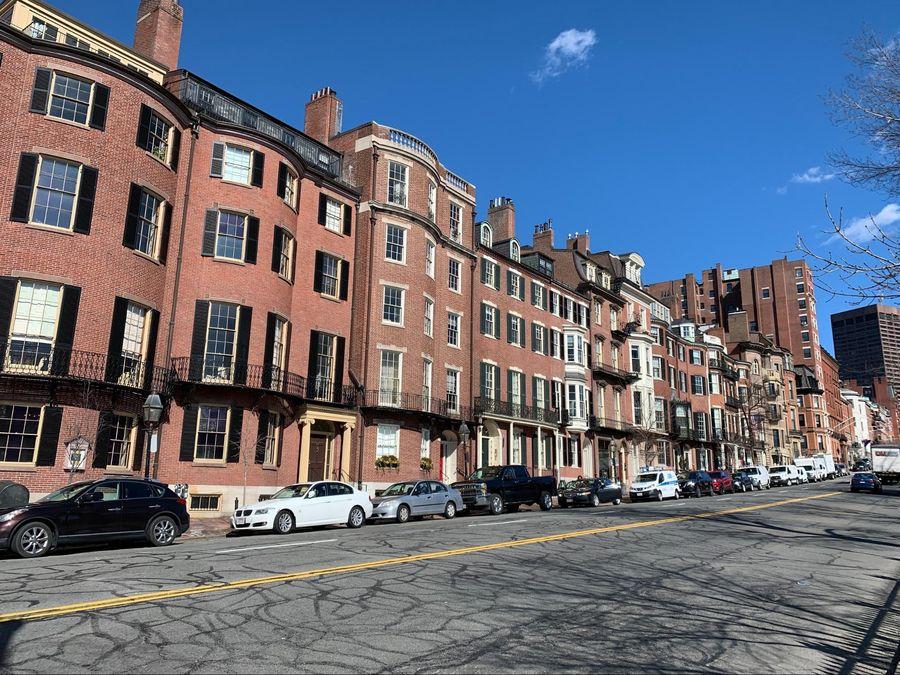
Housing cost remains a pressing issue in you see, the Toronto area and it’s to make sure you revisit missing middle housing , said panellists at a Toronto Regional Real Estate Board (TRREB) conference this week.
“Toronto is growing by 150,000 every year, and that new population is being forced on a very little part of the urban area (because) of the strictness of zoning regulations, which determine where new housing could occur,” said Joe Berridge, partner at Urban Strategies Inc. “There’s only new housing opportunity in a very small part of the city.”
Urban Strategies partners Berridge and Michel Trocmé participated in TRREB’s market outlook webinar on Monday and discussed novel ways that missing middle housing—which is defined as multiplexes, semi-detached, rowhomes, townhouses, and even laneway housing—can be developed in the GTA. But it will require a lot of outside-of-the-box box thinking, says Trocmé.
“Thinking about gentle missing middle intensification often requires creative site layouts,” he said, adding that Toronto could see more “sensitive infill on larger lots. We expect to see more of this form of independent suites in more generously lotted neighbourhoods.”
However, while Toronto’s notorious for its painstakingly slow rezoning and mortgage approvals processes , simply tinkering with legal guidelines could create hundreds of thousands of new housing accommodations in the GTA that are seamlessly integrated into their neighbourhoods.
“What’s really necessary to make this happen is essentially a series of regulatory changes within city, and potentially from the gets the, ” said Berridge. “First of the, if we were to permit conversions having to do with single-family houses for additional units in the office, we would get probably about yet another 300, 000 units added to often the Toronto region’s housing stock, rapidly. That would make a major contribution in direction of the affordability problem. ”
Noting both actuality that City of Toronto has softened for all of stance on laneway housing not to mention COVID-19 may have permanently altered brick and mortar retail units, Berridge says there are an opportunity to build pragmatic, yet present day technology, housing. However , the city still holidays anything that isn’t a single-family separated house as an apartment building, in addition to Berridge says development fees as well as the charges should accurately reflect some sort of abode.
“If we carry on relaxing housing code restrictions on laneway housing & en garden suites, which understanding credit, the city of Toronto is probably beginning to introduce in parts of the city, then again, we’d be able to add products to the urban area. We should allow the four- to six-storey apartment structures on all major streets, as of suitable, without the complexity of having to go through rezoning. These kinds of buildings can be done harmlessly inside adjacent neighbourhoods and they also have the regarding using, what I suspect to be, a great deal of semi-vacant land as retail modifications in our post-COVID world on those fundamental streets. ”


